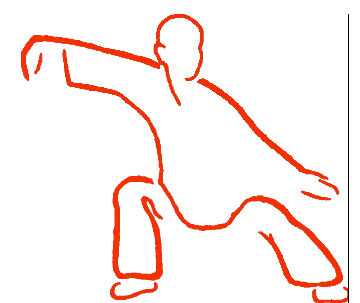Nothing has helped me more to improve as a musician than the Alexander Technique. By applying the principles of the work, I’ve been able not only to save my performing career, but also, find a means for continuous improvement as a musician.
Musicians come to me for lessons for a variety of reasons. Initially, most seek me out because of one main concern: pain. It might be a violinist with a stiff shoulder, a flutist with chronic jaw tension, a pianist with back issues, or a saxophonist with neck problems, etc. What often accompanies this pain is the worry of injury, and the sickening fear of not being able to enjoy the career that they love and have worked so hard for.
I know. I’ve been there myself. To be able to play music again without pain and dysfunction is a marvelous feeling. Pure optimism and joy. And if that were the only benefit of studying and applying the Alexander Technique, I’d be beyond satisfied.
Yet most of my students discover (as I have) that after studying the Technique for a good length of time, there are so many other benefits to be enjoyed.
Some of these benefits have little or nothing to do with playing music. (For example, one of my students is a professional guitarist who has greatly improved the quality and enjoyment of his daily recreational runs, thanks to applying what he’s learned from the Technique.)
But it is in the realm of music making where often the most surprising changes can take place. Better intonation. Better technical control. A richer, more powerful sound. Better time. Better sight reading. More spontaneous and flexible performances (whether of improvised or interpretive music). Greater rhythmic imagination for the improvising musician. And perhaps most important, a deeper connection to playing music, and the enjoyment and satisfaction that comes with that.
All the benefits I’ve listed above become possible because of an acquired ability to solve problems of movement and coordination. This cultivates a more efficient and effective approach to musical practice.
And that brings me to what I think the ultimate benefit of the Alexander Technique is: The freedom to choose.
Musicians (like anybody else) are strongly guided by habit. Some of these habits are good, others, not so much. Without exception, the problems that all my students have playing music are problems of habit. They get stuck doing things habitually the same way, no matter how strenuous, harmful, inefficient or counterproductive it may be to do so.
They lose touch with their ability to choose. Stiff necks, tight shoulders, rigid hands, noisy breathing, locked knees…all beneath the realm of awareness, and thus not really what could be called a true choice. Habit.
The Alexander Technique goes right to the heart of habit. With the Technique you learn to become aware of your unnecessary patterns of tension, especially as they apply to how you function best as you carry out an activity. You become clear about what works (and more important, what doesn’t) and why. You develop a consistent, constructive approach to anything you do. You find the means for change and improvement.
You learn to say “no” to the things that interfere with your ease and efficiency. Then you’re free for something new to happen. Something good. Something surprising. You’re free to choose. And not just freedom from physical problems, but also, freedom to express yourself more deeply and authentically, the freedom to explore more of the creative possibilities in your music, the freedom to take chances. The freedom to be yourself.
Liberating yourself begins with your decision to be guided by choice instead of habit. It really is as truthful and simple as that.
I’ll leave you with this powerful quote from Holocaust survivor and psychotherapist, Viktor Frankl:
“In between stimulus and response there is a space. In that space is our power to choose our response. In our response lie our growth and our freedom.”
Today is the day to choose.


